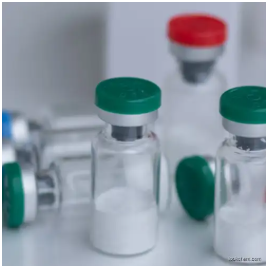
1396640-59-7
- Product Name:Rezafungin
- Molecular Formula:C63H85N8O17
- Purity:99%
- Molecular Weight:1226.41
Product Details:
CasNo: 1396640-59-7
Molecular Formula: C63H85N8O17
Appearance: White to pale yellow solid
Delivery Time: 2 weeks after order
Throughput: 100KG/Month
Purity: 99%
Description:
Rezafungin is a novel, once-weekly antifungal being developed for the treatment and prevention of serious fungal infections. Rezafungin is a member of the echinocandin class of drugs. Echinocandins are considered the safest antifungal drugs available and are suggested by the Infectious Disease Society of America (IDSA) as first-line treatment for fungal infections.
Uses:
Rezafungin (Biafungin) is a next-generation broad-spectrum and long-lasting echinodermin. Rezafungin shows effective antifungal activity against Candida, Aspergillus, and Pneumocystis.
Relevant Products
-
Apixaban
CAS:503612-47-3
-
LR3 -IGF-1
CAS:946870-92-4
-
Seladelpar Lysine dihydrate
CAS:928821-40-3








